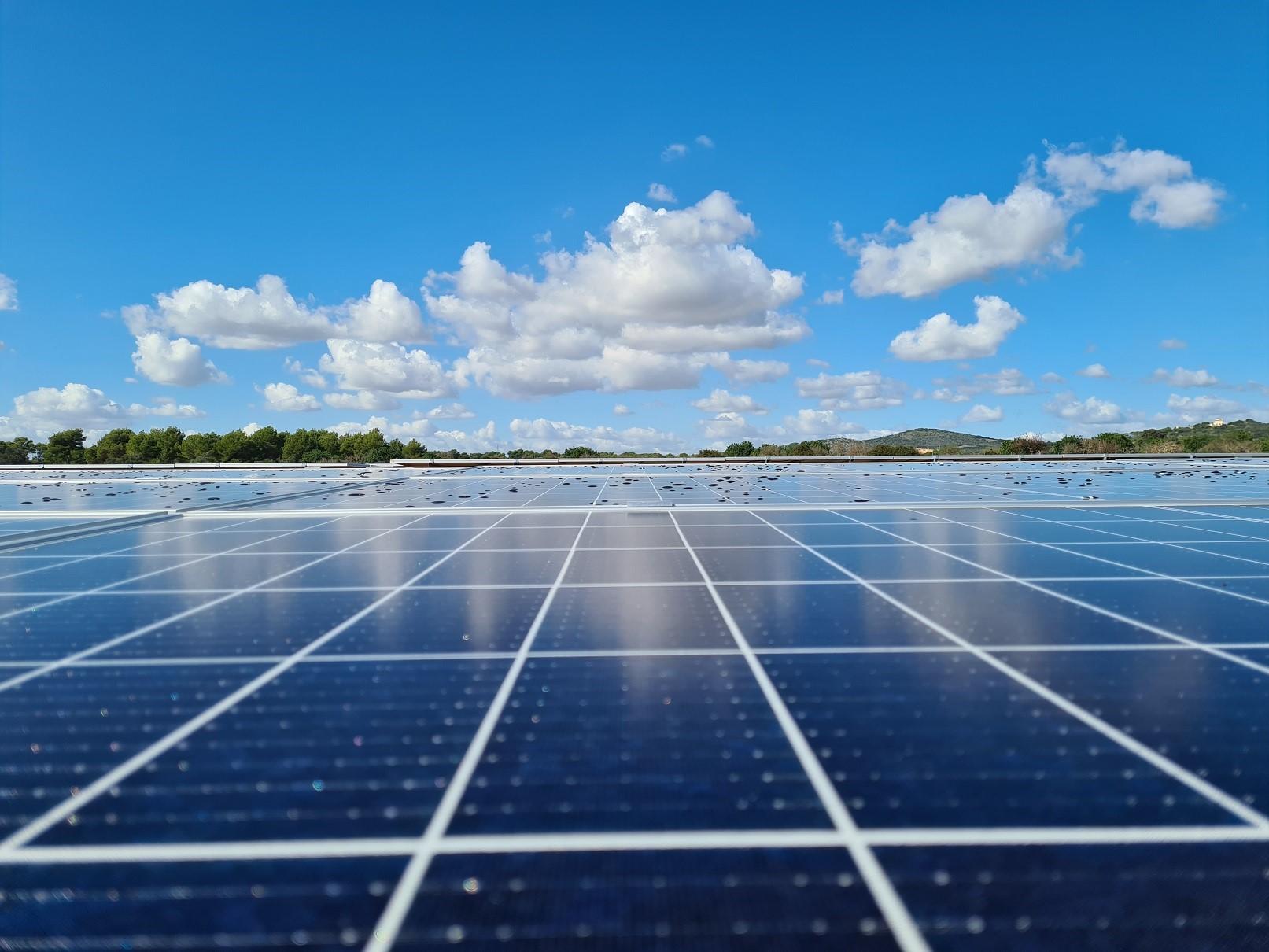Several months ago, work started in the main car park in Puerto Alcudia. What was going on there, one wondered. Depriving drivers of badly needed parking spaces and planting some greenery? As things turned out, the work was green, but not of a vegetation type. Rows of solar panels went up over the parking spaces.
The solar bet - What if the sun don’t shine?
All manner of territory is being eyed up to accommodate panels
Also in News
- Spain wants Britons to show they have 113.40 euros, £97, per day for their holidays
- Sunloungers set ablaze in Alcudia
- Spanish pensioners stuck at Palma Airport for fourteen hours
- Over two hours for Britons to get through Palma airport queues
- Palma Airport passport control "collapse" put down to unscheduled flights


2 comments
To be able to write a comment, you have to be registered and logged in
Have you ever flown an ultralight across the Mallorca landscape? You'll see more solar panels than just about anywhere else. It's surprisingly common. That doesn't include the many giant solar farms dotted across the landscape. The fact is, that our monopolistic electricity company charges such outrageous money for connection to the grid, then charges you a monthly rent for the connection, not including your consumption at the world's 2nd highest rates. It's far less expensive to install solar nowadays, as the technology has become more efficient and less expensive. And that's why there's so much of it in Mallorca.
Two things Mallorca has a lot of are wind and sun so it's ridiculous that this is only happening now. You see far more solar panels in the UK than here. But of course the PP were always against renewable energy as it didn't favour their friends in the Electric company.